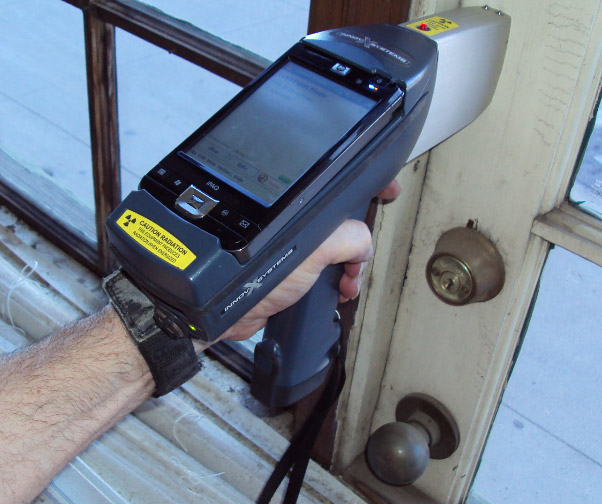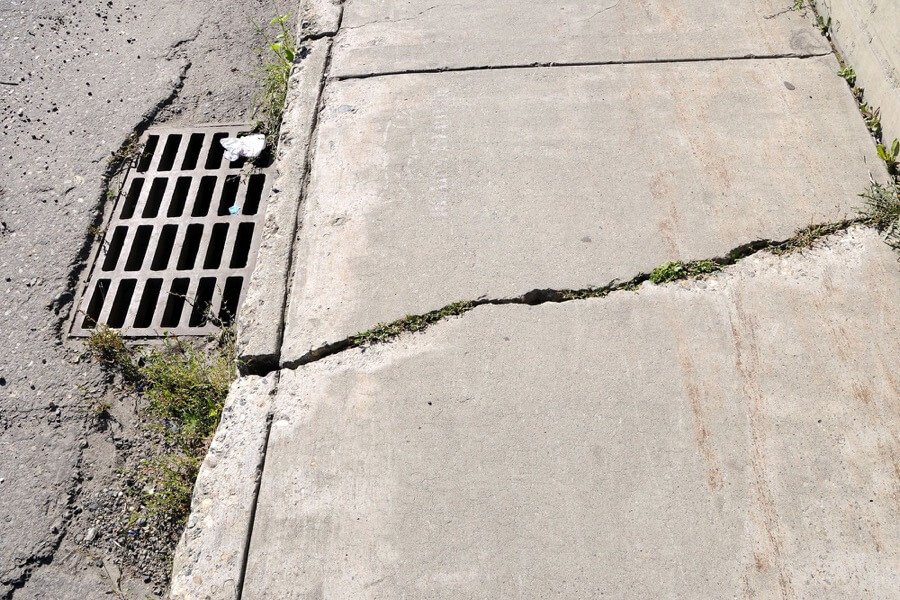NYC Lead Paint Removal Company-- Making Certain Safe and Legal Conformity
NYC Lead Paint Removal Company-- Making Certain Safe and Legal Conformity
Blog Article
Step-by-Step Refine for Successful Lead Violation Removal
Dealing with lead infractions demands a thorough and structured approach to make sure both safety and security and regulative conformity. The journey starts with the accurate detection and evaluation of contamination sources, utilizing advanced analysis tools. Following this, adherence to federal and state laws is critical to creating a reliable removal plan. Such a strategy must information the particular approaches and timelines for action. The real remediation requires competent personnel to apply these plans while purely adhering to safety and security procedures. However what occurs after the remediation is completed? The solution exists in understanding the vital post-remediation methods that guarantee long-term safety and community wellness.

Discovery and Assessment
Discovery and assessment are essential steps in the removal of lead offenses. To make certain a reliable remediation procedure, it is important to carry out a thorough evaluation of the environment where potential lead direct exposure exists. The first stage of discovery entails recognizing resources of lead contamination, which can be located in paint, water pipelines, soil, and dust. Making use of innovative diagnostic tools such as X-ray fluorescence (XRF) analyzers and atomic absorption spectroscopy (AAS) can supply exact dimensions of lead focus.
Once detection is accomplished, a comprehensive evaluation must be taken on. This consists of reviewing the degree and seriousness of contamination, along with recognizing populations at threat, especially kids and expecting women. Risk analyses commonly involve sampling and laboratory analysis, ecological surveys, and health influence studies. The collected data should be meticulously documented to support the growth of an effective removal method (Lead Violation Removal in NYC).
Additionally, it is imperative to focus on locations with the highest degree of contamination and those that present the best health threats. Effective interaction with stakeholders, including property proprietors, locals, and public health officials, is essential for making sure that all events are informed about the searchings for and the succeeding actions needed for removal. This preliminary discovery and analysis phase lays the foundation for a successful lead violation removal procedure.

Lawful and Regulatory Conformity
Navigating the landscape of legal and governing compliance is an essential element of effective lead offense removal. Compliance makes certain not just the safety of damaged populations yet likewise the trustworthiness and lawful standing of the organization responsible for remediation.
This includes careful documents of all remediation activities to show compliance. Failing to adhere to these policies can result in serious penalties, including substantial fines, legal activity, and reputational damages.
Engaging lawful experts focused on ecological regulation can help with browsing these intricacies. Normal training and accreditation for all workers associated with the removal procedure are additionally mandatory to make certain adherence to safety and governing criteria. By focusing on lawful and regulatory conformity, companies can properly reduce threats and attain an effective removal outcome.
Planning the Remediation
Successfully preparing the remediation of lead violations starts with a complete analysis of the polluted website. This initial analysis ought to consist of a detailed site investigation to identify the degree and concentration of lead contamination. Comprehensive sampling and lab analysis are extremely important to produce an exact contamination profile. This data-driven technique makes sure that remediation efforts are properly targeted and effective.
When the contamination is mapped, a risk assessment should be carried out to examine potential health dangers to people and the setting. Lead Violation Removal in NYC. This evaluation should think about aspects such as direct exposure pathways, populace susceptability, and environmental effects. The understandings gathered will develop the basis for selecting a proper remediation strategy
Ultimately, setting clear, possible objectives for the removal job is important. These purposes ought to line up with regulatory standards and stakeholder expectations to ensure conformity and community approval. Developing an in-depth remediation plan that describes methods, timelines, and resource allotment will certainly promote view website an organized technique to the cleaning procedure.
Additionally, it is important to involve with stakeholders early and preserve clear communication throughout the planning stage. This consists of notifying regional neighborhoods, getting necessary permits, and coordinating with governing agencies to ensure all legal and procedural requirements are satisfied. A well-crafted removal plan not just attends to the contamination properly but also develops count on and collaboration amongst all parties entailed.
Executing the Remediation
With a well-structured remediation plan in position, the emphasis changes to the actual execution of the removal tasks. This stage involves activating the necessary resources, consisting of competent workers, customized equipment, and high-grade materials. Begin by clearly delineating functions and duties to guarantee accountability and seamless control amongst team participants.
The first action in implementation is to protect the website. This includes establishing containment locations to stop lead dust and debris from dispersing, as well as utilizing air purification systems to maintain air top quality. Next off, proceed with the elimination of lead-based products. Use methods such as damp scuffing, chemical removing, or encapsulation, relying on the intensity and area of the contamination. It is necessary to follow safety and security methods, including making use of personal safety tools (PPE) and correct disposal of unsafe materials.
Throughout the removal process, conduct routine evaluations and air quality keeping an eye on to ensure conformity with regulatory requirements. Reliable interaction with stakeholders, including property proprietors and owners, is crucial to keep them informed of development and any type of unanticipated advancements. By thoroughly following these steps, the remediation activities can be carried out efficiently and efficiently, ultimately mitigating lead hazards.
Post-Remediation Techniques
Post-remediation approaches play an essential role in guaranteeing the long-lasting success of lead violation remediation efforts. These methods encompass recurring surveillance, upkeep, and area education and learning to stop future lead exposure and make certain a secure atmosphere.
First, regular surveillance is necessary. This entails routine testing of the previously impacted areas to ensure that lead degrees remain within safe limits. Homeowner must develop a timetable for these tests, preferably in collaboration Your Domain Name with licensed environmental professionals.

Third, informing the community plays an essential function in maintaining the advantages of removal. Residents and building supervisors ought to be educated concerning the risks of lead exposure and the very check out here best methods for maintaining a lead-safe setting. Workshops, informational handouts, and community conferences can be efficient devices for disseminating this information.
Final Thought
Successful lead infraction removal calls for an extensive, systematic strategy incorporating discovery and evaluation of contamination, adherence to legal and regulatory requirements, careful preparation, and efficient implementation of remediation initiatives. Post-remediation approaches, including constant monitoring and neighborhood education, are important to sustain a lead-safe setting. Collaboration with environmental experts ensures continuous conformity and protection of public health. This systematic process emphasizes the importance of thoroughness and alertness in attending to and reducing lead contamination.
Report this page